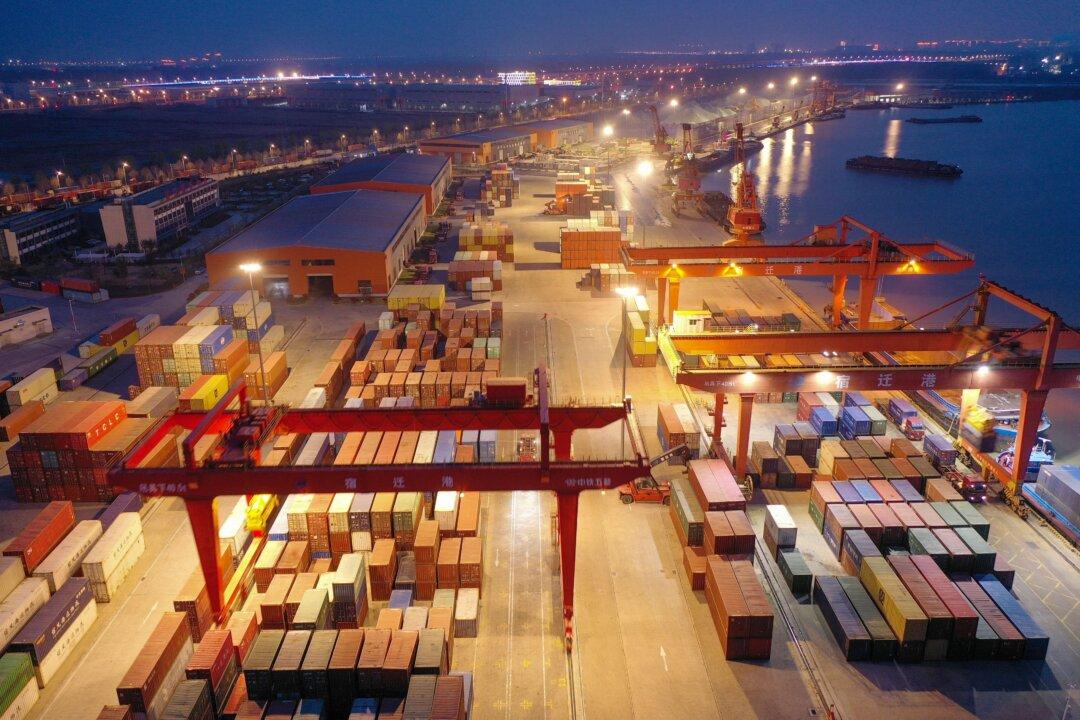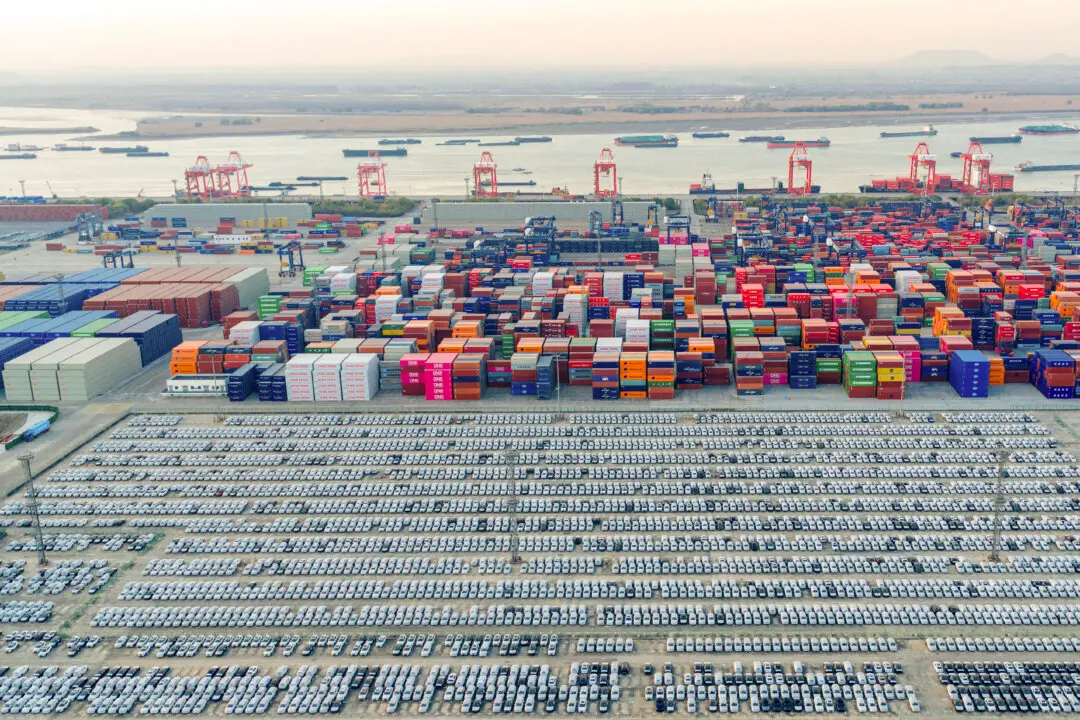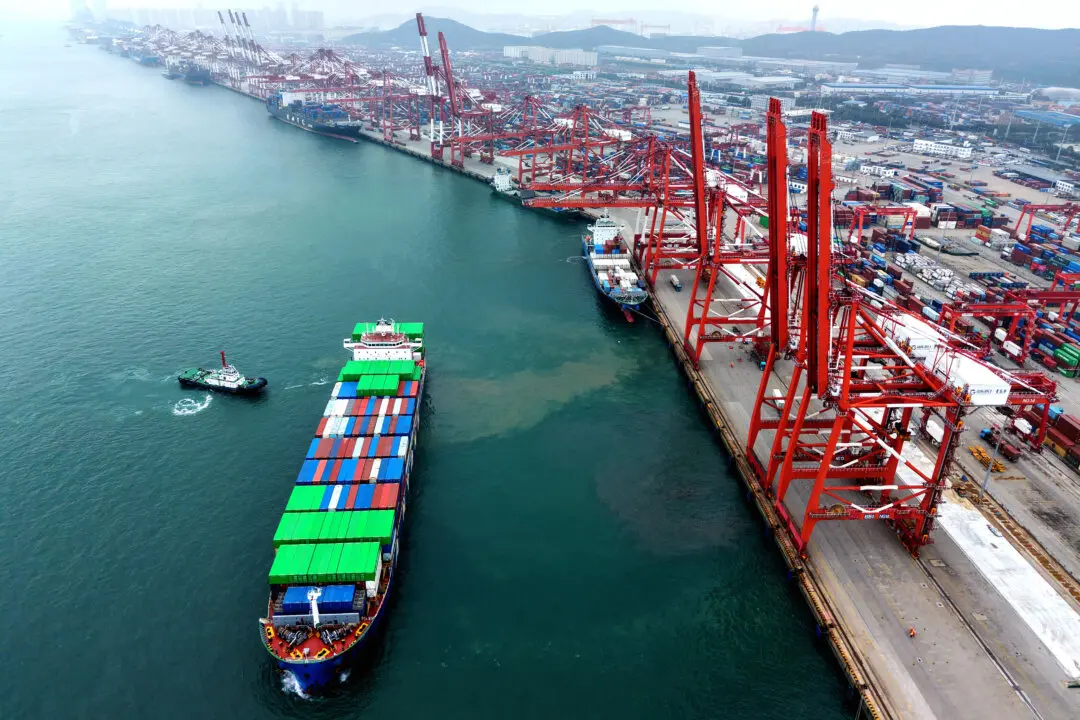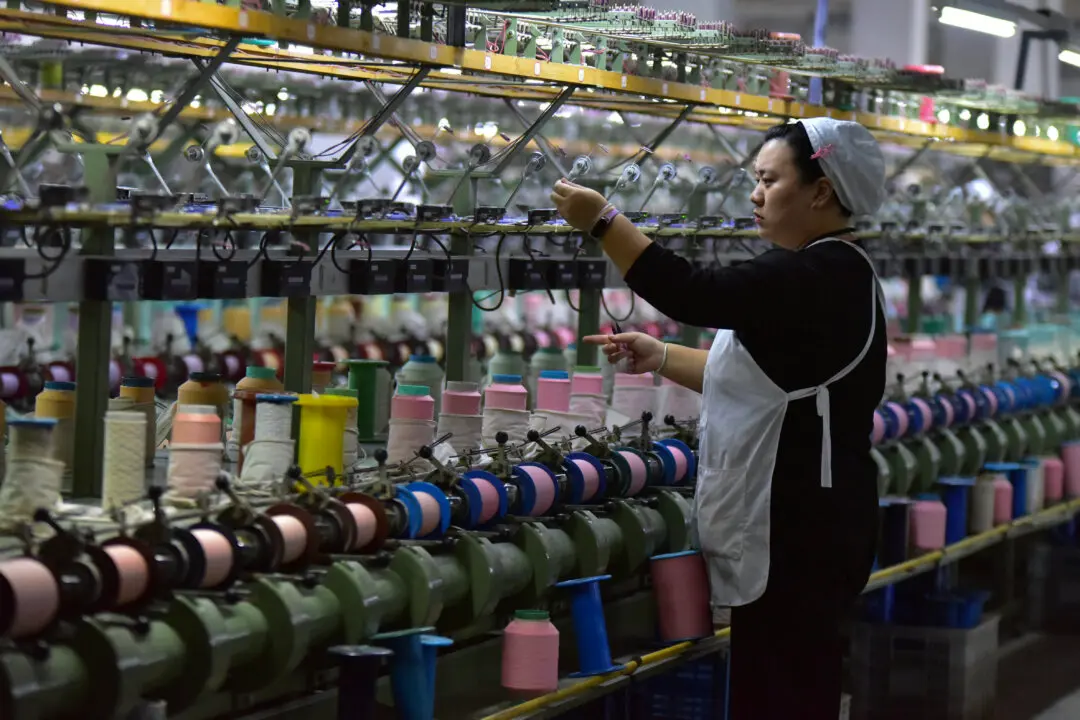News analysis
Not even a month ago, reports of a first-quarter consumer-spending surge created much enthusiasm about China’s return to economic strength. News that this spending had pushed China’s real gross domestic product (GDP) well ahead of consensus expectations renewed talk that China would surpass the United States as the world’s largest economy.





